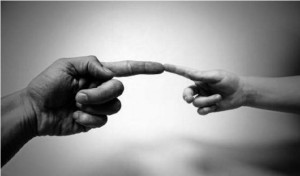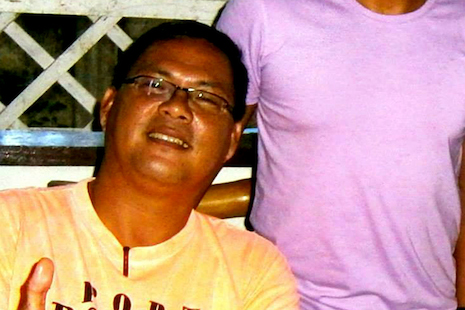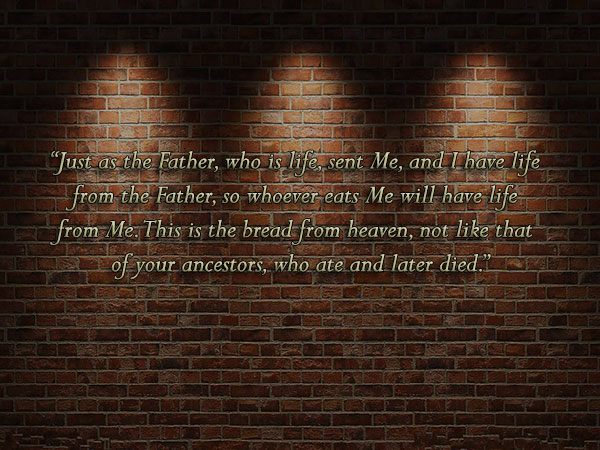…….. is an inevitable challen ge for all times most especially with the elderly.
ge for all times most especially with the elderly.
“I used to think the worst thing in life was to end up all alone, it’s not. The worst thing in life was to end up with people that make you feel all alone”
Robin Williams
Learning Languages is fun whether by ear or in school. Schools teach language structure as grammar and tenses. It tells me much about how people think. Learning it by ear tells me how people feel. Wearing it taught me the intricacies of the language. In French, you don’t really say “I miss you.” You say “tu me manques,” which is closer to “you are missing from me. I think I love that. “You are missing from me.” is proximal in reference and nature. It indicates the presence or absence of another human being. A position in space. It rings a bell to me. When we talk of harmony and balance, two notes are considered in precise point (Pitch)
However, there exists more than one type of language, perhaps one that transcends all rules of grammar. One that unites or divides persons or communities. One that connects us all regardless of colour race or creed. There had been a few deaths in my circle of friends and so wished for their peace.
Man by nature is a social being. Born in this world, nurturing is essential and nourishing is imperative. Relational, we find our place in space. We locate our position in proximity to. We follow movement towards a given direction. Time holds the finite measure. Upright, we navigate through space. Grounded, we expand. Consciousness integrates the whole human being.
Humans hardly survive in isolation as babies die without sufficient and appropriate care.
Unlike the beast, they are born capable of survival. A newborn calf will stand by themselves within the first 30 minutes following birth. Fishes for that matter are amazing. There are species called substrate spawners; leave their eggs attached to surfaces with saliva. The male following behind fertilizes them. Catfish use this form of mating. Strictly physical survival. Animals and plants harmonize with nature and the environment. But, there is more to being Human.
Humans need more than physical survival, it includes emotional and intellectual developmental needs. Today, there is an upsurge of interest in a wholistic approach to life and health reflecting an increasing concern about the inter-relationship and interdependence between the physiological, psychological-emotional and spiritual dimension of being human.
In infancy, physical isolation is critical. In adulthood, emotional isolation is devastating. Being “Alone” does not necessarily mean physically isolated rather in adulthood it refers to the perception of being unwanted and isolated. A universal human emotion – Loneliness, is both complex and unique to each individual. It is a frame of mind, a feeling of emptiness and being disconnected.
From – Birth, infants shape their view of the world and their place in it. It all begins with the senses.
Infants are totally sensory aware; all five Sensory capacities are fully developed and functioning at the time of birth; making infants, take in the stimuli/ sensory information present in the birth environment. This information is processed on an emotional-physiological level because the rational cognitive structure to process and communicate information is not fully developed. It is more on the affective learning. The manner in which a newborn is attended, responded and handled during this time determine the degree to which an infant is influenced by the experience. Newborns don’t have a developed cognitive structure yet to intellectually retain information and complex vocabulary skills that contributes to their inability to recall, recount and retain past baby experiences. However, these sense experiences are imprinted on the emotional aspect of the human being. Physical experience translates to Psychological -emotional learning.
Infants and children learn by what they experience through the senses. The quality of Care given to a newborn child and the impact this care their ability to develop healthy attachments and personalities in short happy individuals. Consistency and Sensitivity are essential to building a solid and good foundation of trust and caring environment. A strong foundation of trust, built in a loving environment, is the first step in raising empathic children. Infants and children learn about love by being loved.
As earlier stated PROXIMITY- They learn the role of rules in a community by having rules set at home. Furthermore the “Position in Space” (Balance); they learn about consequences, fairness, tolerance, altruism, justice, giving, sharing, and caring during their years in the most important community—the family. It establishes social connections and healthy and grounded relationships.
The lack of stable connections and grounded relationships – give rise to “feelings of emptiness, isolation, of being unwanted”. The sense of security is challenged and stability is compromised. Being alone can sometimes be scary. Even beyond social benefits, securely attached and connected young children tend to have a more balanced self- concept, better language skills, and better problem- solving skills, and they show a greater conscience development than insecurely attached children (Sroufe 1988)
In Life, there will always be moments where one will be physically and emotionally left alone or left out. Surely, it comes to anyone and learning how to handle situations like this is something that is learned. The capacity to stand still with grace and composure amidst the trials and difficulties without losing the sense of direction in life, harmony in ones relationships and balance in dealing with everything is achieved in Time. It is an art of managing one’s affairs “Creatively.” Creativity is not limited to artistic works. It is the ability to use one’s personal resources as “Life is an art itself.”
Being creatively alone is something children learn. Learning to be comfortable with oneself is equally important as being with other people. Managing physical absence, being physically present to a person, being emotionally present and available towards a person.
The quality of care and as it impacts on the child contributes to the development of a child’s sense of Sense of adequacy. It is being fulfilled and satisfied with what one have. When fulfilled, a person does not feel empty. A person who feels adequate sees the finds contentment. This sense of adequacy leads to unconditional acceptance of persons, places and events because you know that one cannot control the outcome of life. That the measure of reality is not measured by what we expect things to be. Building structures and expectations around people, places and events makes you lose the beauty that lives in the object perceived. The capacity to be grateful for everything lies in knowing what you have. The value of an individual is not relative but inherently absolute.
We cannot pass carelessly of what we think, do and say about people without affecting the life next to you if we are to establish a compassionate and empathetic community. Having friends and acquaintances who ended their lives gave me the occasion to ponder deeply into life. It gives great pain to see people lose hope in a Life that is beautiful.
The sense of adequacy is based on the knowledge that his personal value or self-esteem is not measured by external parameters in life as wealth, fame, approval of people, and so on. Managing oneself – creatively using ones time, talent and space is a learned skill. Developing a strong base of trust is crucial during the early years, the most significant gift that a child can receive is to be cared for unconditionally and loved for the person he is. Feelings of safety and trust allow children to expand well beyond their own needs and begins to appreciate others for the person they are.
“Greater consciousness of the complexities in life and beauty lies in a grain of sand.”
_____________________________________________________________________________________________________
Maria Lourdes de Vera is the award winning artist and author of the book “Arts and the Creation Stories” She is a registered nurse and licensed secondary teacher who gives lectures in different Schools, Colleges and Universities. She is dedicated to the cause of nurturing the Arts in children. She teaches children and supports teachers find the arts in teaching and teaching in the arts.








